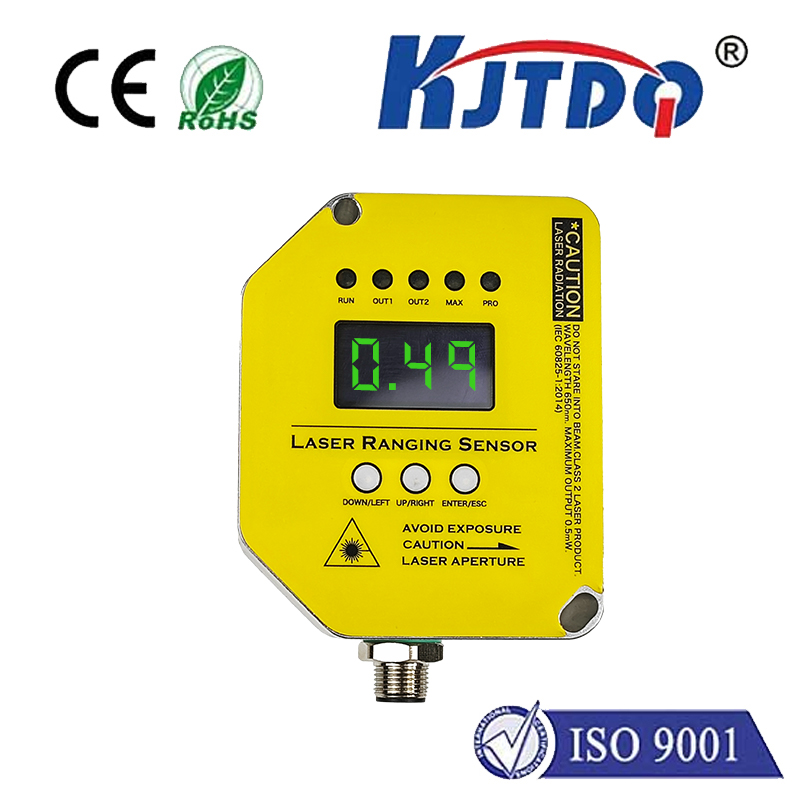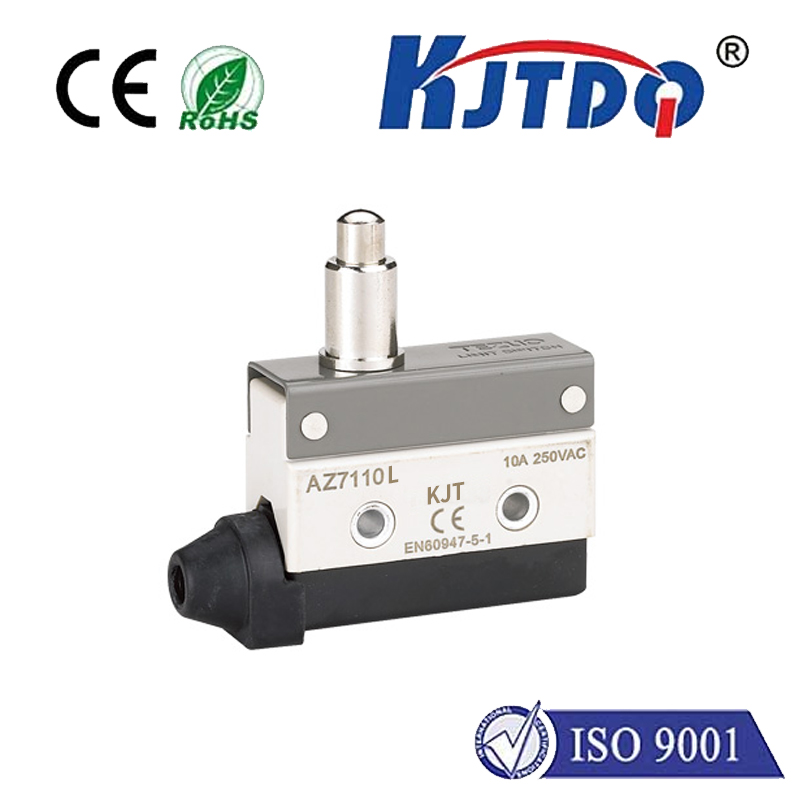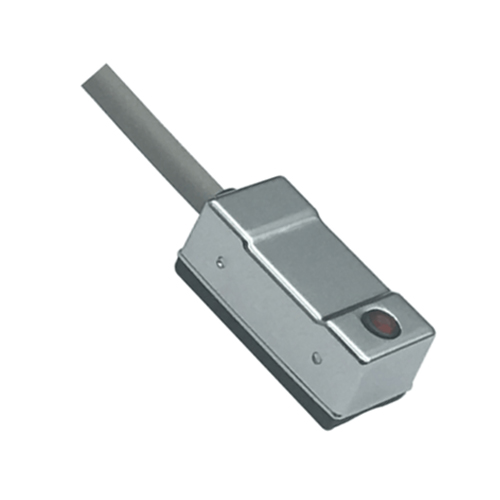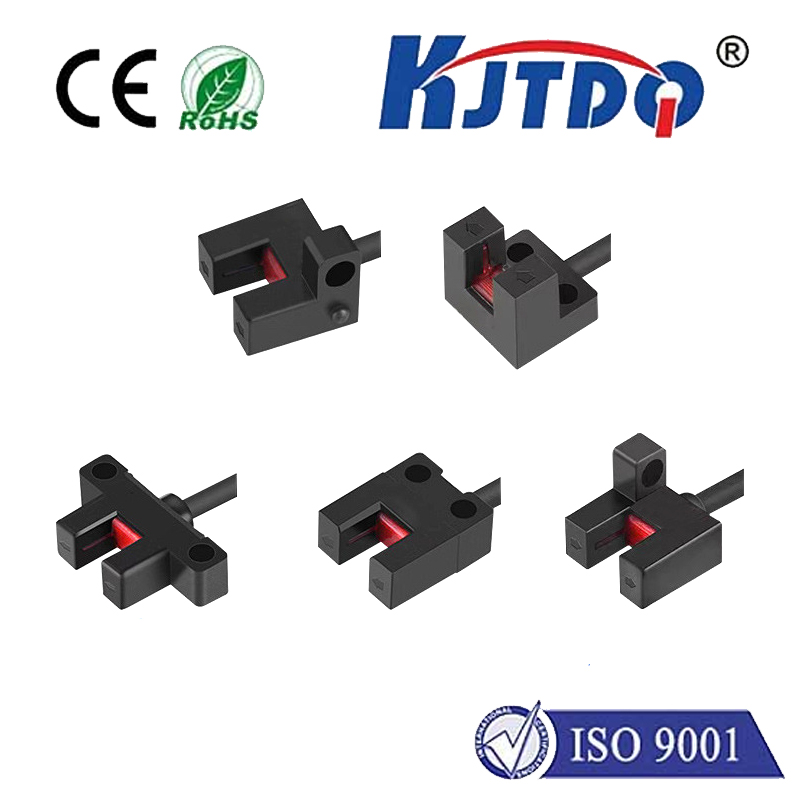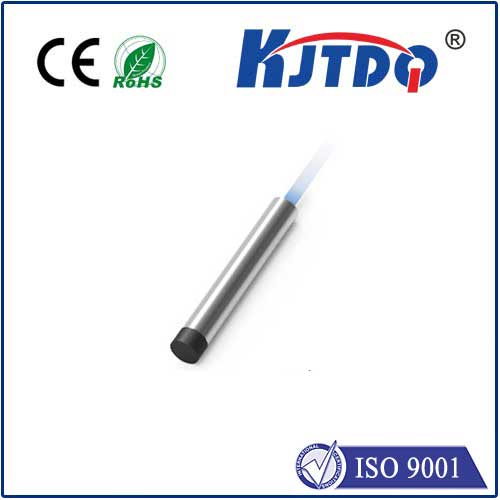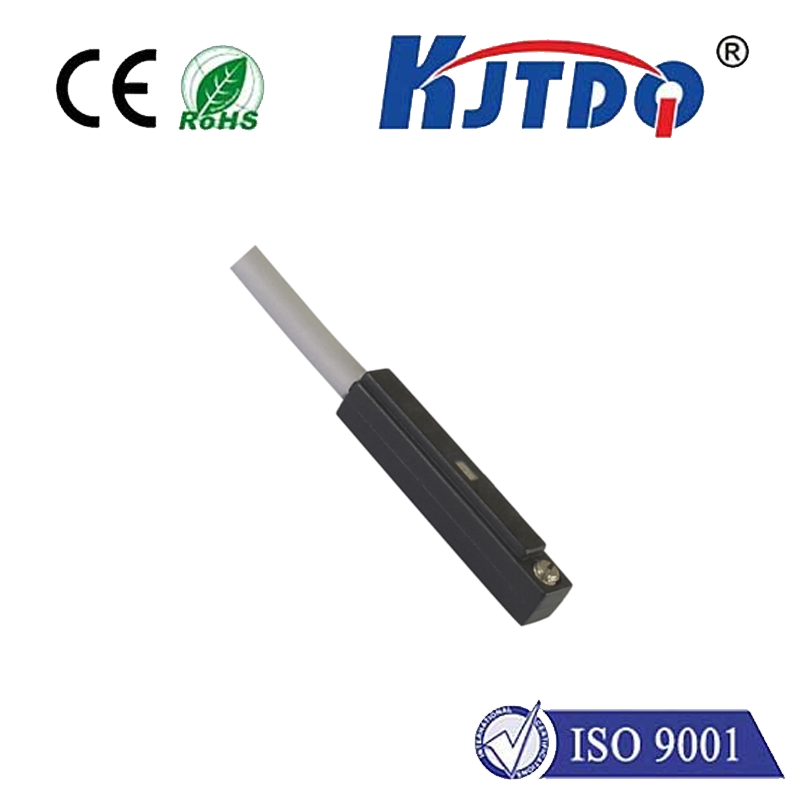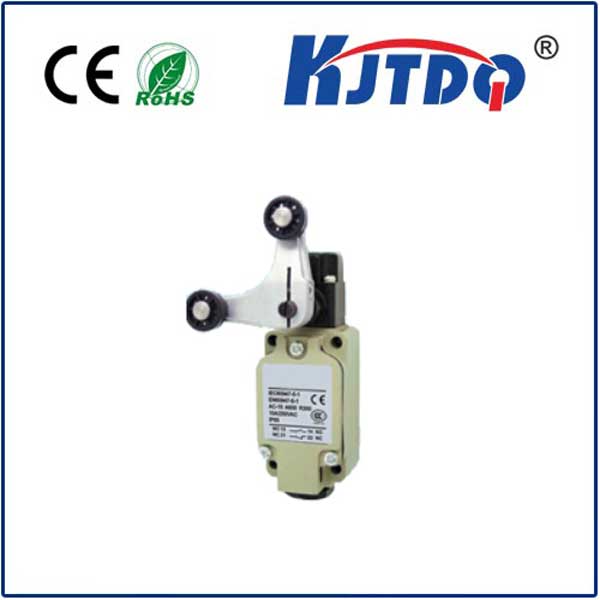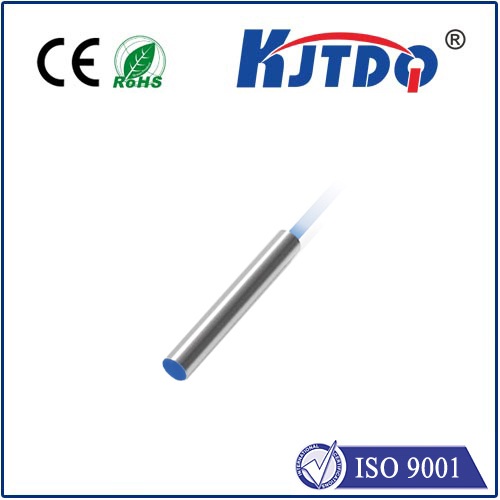

check

check

check

check

check

check

check

check

check

check
Title: Understanding the Importance of Limit Switches in Overhead Cranes
Overhead cranes are an essential component of many industrial environments. They facilitate the lifting and transferring of heavy materials, reducing the physical burden on workers and increasing efficiency within a facility. However, to ensure their safe use, it's important to understand the role of limit switches in these machines. In this article, we will discuss the significance of limit switches in overhead cranes, their function, and maintenance requirements to promote long-term reliability.
What Are Limit Switches?
Limit switches are electrical devices that serve as sensors in various machinery, including overhead cranes. They monitor the position of moving parts or components and signal when they reach a predefined limit or boundary. This is crucial for preventing accidents caused by overextension or misalignment during operation.
The Role of Limit Switches in Overhead Cranes
In an overhead crane system, limit switches play a vital role in maintaining safety and operational precision. These switches are typically installed at either end of the crane's travel path to detect when it has reached its maximum extent in any given direction. When the crane approaches the limit point, the switch triggers, halting further movement and preventing potential collisions with structural elements or other cranes.

Moreover, limit switches also control the raising and lowering mechanisms of the load hook or grab. They ensure that the load does not lift too high or drop too low, thereby protecting both the load and the equipment from damage.
Types of Limit Switches
There are different types of limit switches used in overhead cranes, including mechanical, electronic, and magnetic proximity switches. Each type offers advantages depending on the specific application requirements:
1. Mechanical Limit Switches: These are simple devices that come into contact with a cam or lever attached to a moving part. When triggered, they break an electrical circuit, stopping the crane's motion.
2. Electronic Limit Switches: These use sophisticated sensors such as infrared or ultrasonic technologies to detect the crane's position without physical contact. They provide greater precision and are less prone to wear and tear.
3. Magnetic Proximity Switches: These work based on magnetic fields and can detect the presence of metal objects without contact. They are ideal for environments where contamination or contact might be an issue.
Maintenance of Limit Switches
To guarantee the reliable performance of limit switches in overhead cranes, regular maintenance is necessary. This includes periodic inspections to check for any signs of wear or damage, ensuring clean contacts to prevent faulty readings, and testing the functionality of the switches during routine service intervals.
Additionally, it is recommended to follow the manufacturer's guidelines on replacement schedules for limit switches, as these components can degrade over time due to environmental factors and normal wear and tear.
Conclusion
Limit switches are a critical component in the operation of overhead cranes, serving as safeguards against mechanical failure and human error. By understanding their function and implementing proper maintenance practices, industries can maximize the safety and efficiency of their crane systems. Employers should prioritize training for operators on the importance of limit switches and ensure that their equipment is equipped with well-maintained and properly functioning switches to protect personnel and assets alike.

